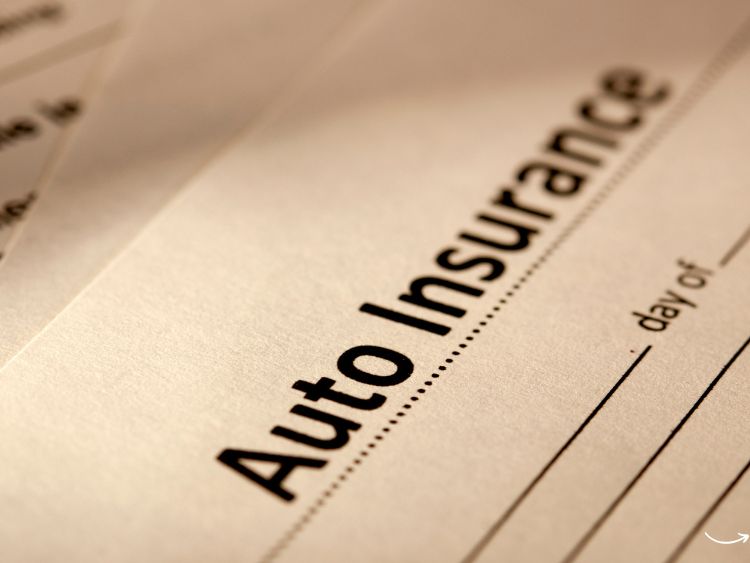Living in a bustling city has its perks—endless entertainment, a variety of dining options, and the convenience of everything being just a short drive away. However, with these advantages comes the unique challenge of navigating the city’s roads and ensuring your vehicle is adequately protected. Enter city auto insurance, a specialized form of coverage tailored to meet the demands of urban driving. Whether you’re a seasoned city dweller or new to the urban jungle, understanding city auto insurance is crucial for safeguarding yourself and your vehicle.
What Is City Auto Insurance?
City auto insurance is a tailored coverage plan designed specifically for individuals who frequently drive in urban areas. Unlike standard auto insurance, which offers a broad range of coverage options, city auto insurance focuses on the unique risks and challenges associated with driving in cities—think heavy traffic, higher accident rates, and increased chances of theft or vandalism.
Key Features of City Auto Insurance
- Higher Coverage Limits: Due to the higher risk of accidents in urban areas, city auto insurance often comes with higher coverage limits to ensure you’re fully protected.
- Comprehensive Coverage: This includes protection against theft, vandalism, and natural disasters, which are more common in densely populated areas.
- Accident Forgiveness: Some city auto insurance plans offer accident forgiveness, allowing you to maintain your premium rates even after an at-fault accident.
- Roadside Assistance: Given the likelihood of breakdowns in traffic-congested areas, many city auto insurance policies include 24/7 roadside assistance.
Why Do You Need City Auto Insurance?
Living in a city means you’re more likely to encounter situations that could damage your vehicle or put you at risk. From fender benders in heavy traffic to potential theft while parked on the street, the risks are numerous. City auto insurance is designed to mitigate these risks, providing peace of mind and financial protection.
Common Risks in Urban Driving
- High Traffic Volumes: Cities are notorious for their traffic jams, which increase the likelihood of rear-end collisions and other accidents.
- Increased Theft Rates: Urban areas tend to have higher rates of vehicle theft and break-ins, making comprehensive coverage a must.
- Limited Parking: Finding a safe parking spot in the city can be challenging, increasing the chances of parking-related damage or theft.
How to Choose the Best City Auto Insurance
Selecting the right city auto insurance policy requires careful consideration of your specific needs and circumstances. Here are some tips to help you make an informed decision:
- Assess Your Driving Habits:
- How often do you drive in the city?
- Do you commute daily, or is your car mostly parked?
- Compare Coverage Options:
- Look for policies that offer comprehensive coverage, including theft and vandalism protection.
- Consider policies with higher liability limits, especially if you frequently drive in high-traffic areas.
- Consider Additional Features:
- Roadside assistance can be invaluable if you experience a breakdown in a congested area.
- Accident forgiveness can protect you from premium hikes after your first at-fault accident.
- Check for Discounts:
- Many insurers offer discounts for things like safe driving, bundling policies, or installing anti-theft devices in your vehicle.
Top Providers of City Auto Insurance
When it comes to selecting a provider, it’s essential to choose one with a strong reputation for customer service and claims processing. Here are some of the top city auto insurance providers:
- State Farm: Known for its comprehensive coverage options and excellent customer service.
- Geico: Offers competitive rates and a user-friendly app for managing your policy on the go.
- Progressive: Provides a range of discounts and coverage options, including accident forgiveness.
- Allstate: Offers a variety of add-ons, such as roadside assistance and rental car coverage.
FAQs about City Auto Insurance
Q1: Is city auto insurance more expensive than regular auto insurance?
Yes, city auto insurance can be more expensive due to the increased risks associated with urban driving. However, the higher premiums are often justified by the additional coverage and protection it provides.
Q2: Can I customize my city auto insurance policy?
Absolutely! Most insurers offer customizable policies, allowing you to select the coverage options that best suit your needs. This can include everything from higher liability limits to additional features like roadside assistance.
Q3: What factors affect the cost of city auto insurance?
Several factors influence the cost, including your driving record, the type of vehicle you drive, your location within the city, and the coverage limits you select.
Q4: Do I need city auto insurance if I rarely drive in the city?
If you only occasionally drive in urban areas, you might not need a specialized city auto insurance policy. However, if you live in or near a city and frequently navigate its streets, the additional coverage could be beneficial.
Q5: How can I lower my city auto insurance premiums?
There are several ways to reduce your premiums, such as maintaining a clean driving record, installing anti-theft devices, and taking advantage of discounts offered by your insurer.
Summary
City auto insurance is an essential consideration for anyone who frequently drives in urban areas. With the unique risks associated with city driving—higher traffic volumes, increased theft rates, and limited parking options—having the right coverage is crucial. By understanding the key features of city auto insurance, assessing your driving habits, and selecting a reputable provider, you can ensure that you’re adequately protected on the city’s busy streets.
Authoritative Links:
- https://www.statefarm.com/insurance/auto
- https://www.geico.com/auto-insurance/
- https://www.progressive.com/auto/
- https://www.allstate.com/auto-insurance
This comprehensive guide should provide your readers with valuable insights into city auto insurance, helping them make informed decisions about their coverage.
